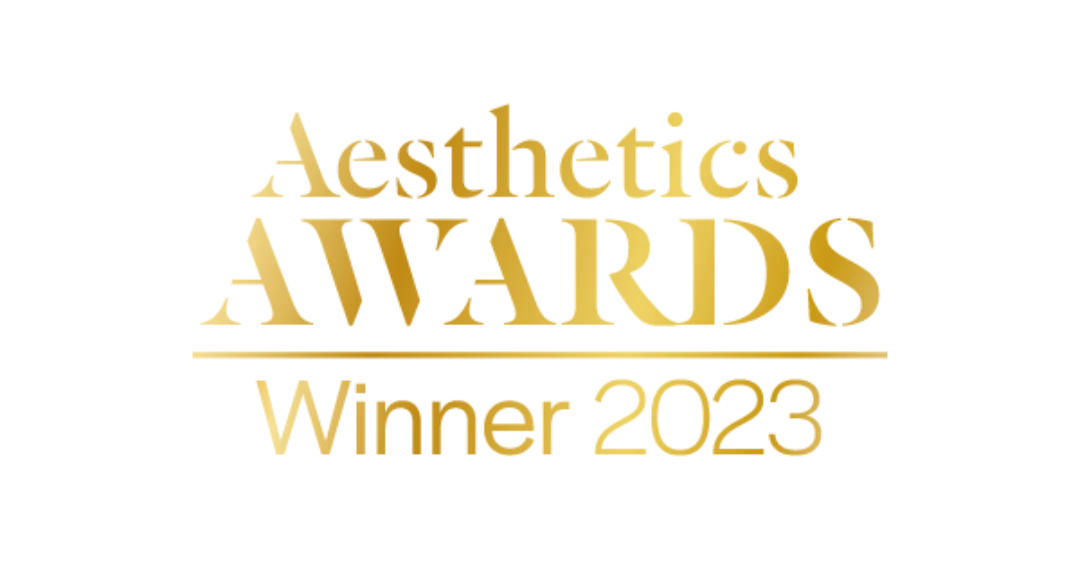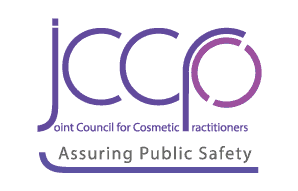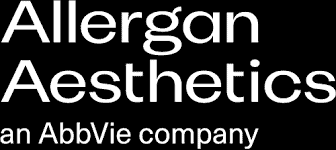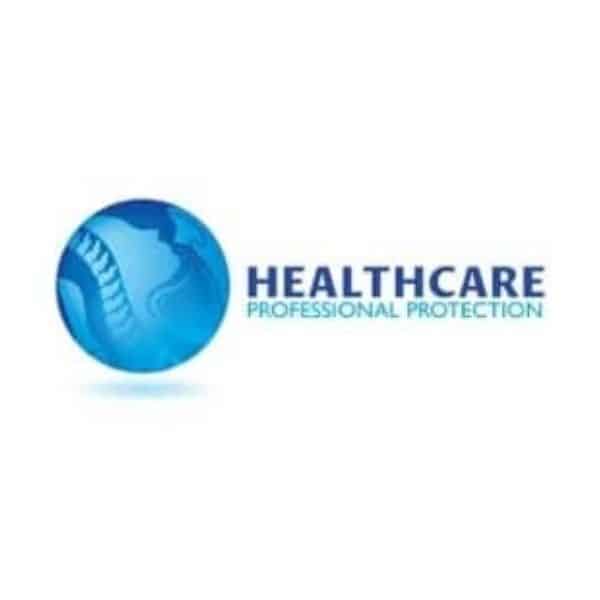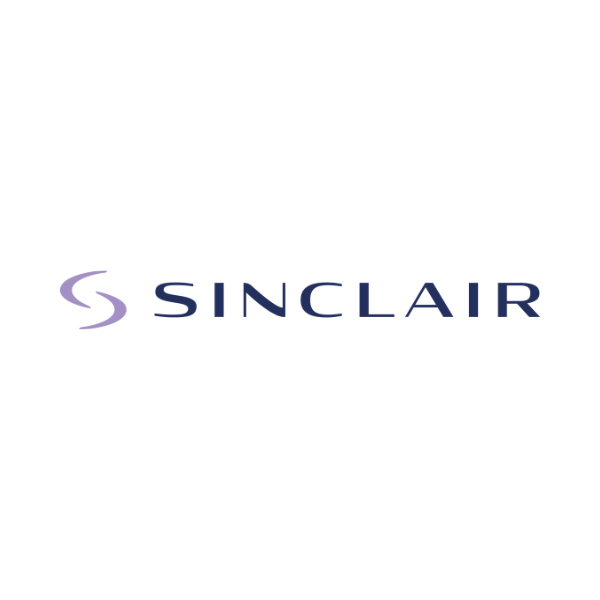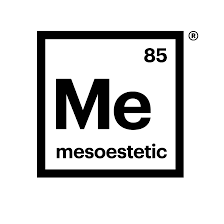How To Market Your New Medical Aesthetics Business | Botox Training Marketing
After you complete your botox training or dermal filler course, you will naturally be raring to go and get started with setting up your own medical aesthetics business. However, one of the main hurdles to jump over in making a success of your medical aesthetic business is the way in which you market yourself. In this Blog, Cosmetic Courses share some Tips for Botox Training Marketing:
1. Print Advertising
Most new aesthetic practitioners initially start with print advertising (local newspapers, fliers, maybe even cheaper local glossy magazines). Whilst this approach may work for some people, it is quite an outdated method of medical aesthetics marketing and can prove very expensive if not approached smartly and monitored carefully. Traditional print advertising essentially falls into ‘local’ and ‘nationwide’ audiences but the average start-up business will be aiming at the local publications to begin with. Even here, where the advertising costs are cheaper, our advice is that there is always room for negotiation: do not take the advertising cost quoted in the publication or by the sales rep. as gospel – be prepared to haggle, stand your ground and you will find that you can get a real bargain (especially just before print closes). Research your desired client’s demographic very carefully and make sure that the publications you are advertising in really are aimed at them or the response could be poor / made up of timewasters. Always ask the readership of the publication to see how many people it actually goes out to (some which seem like a great offer actually have a tiny readership so your chances of getting much work from them are slim). And check out the legal implications before handing out fliers – at local events, for example, you may need to get permission from your local authority (and are very unlikely to be able to specifically advertise medical aesthetic treatments, so be careful not to violate any trading standards!)
2. Online Advertising
Much more of-the-moment and with (potentially) the ability to reach a far bigger audience at once, online advertising for medical aesthetics has become increasingly popular with aesthetic practitioners. You can set up a free medical aesthetics website relatively easily these days if you are fairly tech-savvy, or for a small price if you need to get help. However: please do be warned that this is just the start of the process. There are hundreds upon hundreds of websites out there advertising medical aesthetic services…the challenge is to get yours indexed and found by anyone searching on the big search engines (Google, Yahoo, Bing etc.) This is a process known as SEO and involves clever use of keywords (the most commonly used words related to your industry that potential customers are searching at any given time), regularly creating and updating content (information, photos, blogs, maybe videos and social media usage linked to your site can really help you get increased rank and visibility quicker too). If all this sounds like complete gobbledygook to you then chances are that you may have a bit of learning to do before you embrace this form of marketing, or you might need to employ someone to help. This is, of course, a Catch 22 as you need to be earning before you can start employing! Do not be put off, though – there are abundant sources of helpful information about SEO and optimizing your site for the search engines…particularly good ones are SEOmoz and Mashable. If you just want to advertise without getting too involved with any of that nitty-gritty stuff, online sites like Gumtree provide quick and easy access to large numbers of potential clients and have options ranging from completely free – approximately £49 per week depending upon your region and the level of visibility that you want for your advert.
3. Word of Mouth
It may be horribly boring, but building up a great reputation via word-of-mouth really is a great way to build yourself a client base. The trouble is that it’s a slower approach than most medical aesthetics practitioners like. Start off with friends, family…anybody who would like botox and dermal filler treatments from you. Encourage them to spread the word. Perhaps offer a ‘refer a friend’ scheme where for each entirely new client who refers a friend, they get a small discount off their next treatment. If you have Social Media pages like Facebook and LinkedIn, encourage clients to leave reviews / endorsements. Try to form a link with an established business, perhaps, like a hair salon or existing medical aesthetics clinic (at least initially). Even if you ideally hope to be independent or freelance, this could be a good stepping stone to get reviews, spread the word about your new talents, link-build and hopefully create a client base. Whilst we never advocate stealing clients from another business (this is simply dishonest and poor practice), the networking that you do whilst working alongside others can help you greatly when you branch off alone.
Final Words of Wisdom for Botox Training Marketing
- Whatever your method of marketing, always remember to ask “Where did you find us / hear about us?” It is vital that you do this consistently or your marketing efforts are wasted because you have no idea what is bringing clients in and what is not, so you could be spending money on completely the wrong types of marketing.
- Get into the habit of taking down contact details from every enquirer, whether they book or not. These will form the basis of your ‘marketing database’ – a list of emails, addresses and phone numbers that you can use to sell to in the future on an ongoing basis. Remember that once you have these and as you add to the list, you have a responsibility under Data Protection to look after these details, not to spam them with constant heavy sales pitches and to always give them the option to ‘opt out’ of future promotions.
- Remember that saying the words ‘Botox’ or ‘Botulinum Toxin’ in a sales-orientated manner violates MHRA standards. So always be careful to use alternatives like ‘wrinkle-reducing treatment’ or ‘anti-ageing injections’ instead!
- Words are everything – keep track of the language you are using, split test and be prepared to vary it. If something isn’t bringing in clients, change it and try saying it in a different way.
We hope this Botox Training Marketing Blog has been helpful. Cosmetic Courses are market leaders in both Cosmetic Training Courses for medical professionals and providing medical aesthetic marketing advice. If you would like more information about training with us, Book Online now or call our friendly team on 0845 230 4110.


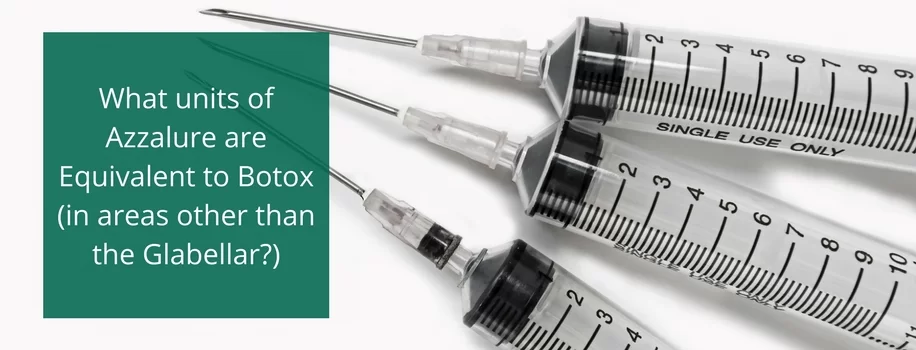




 include, laser treatments, injections of
include, laser treatments, injections of 

